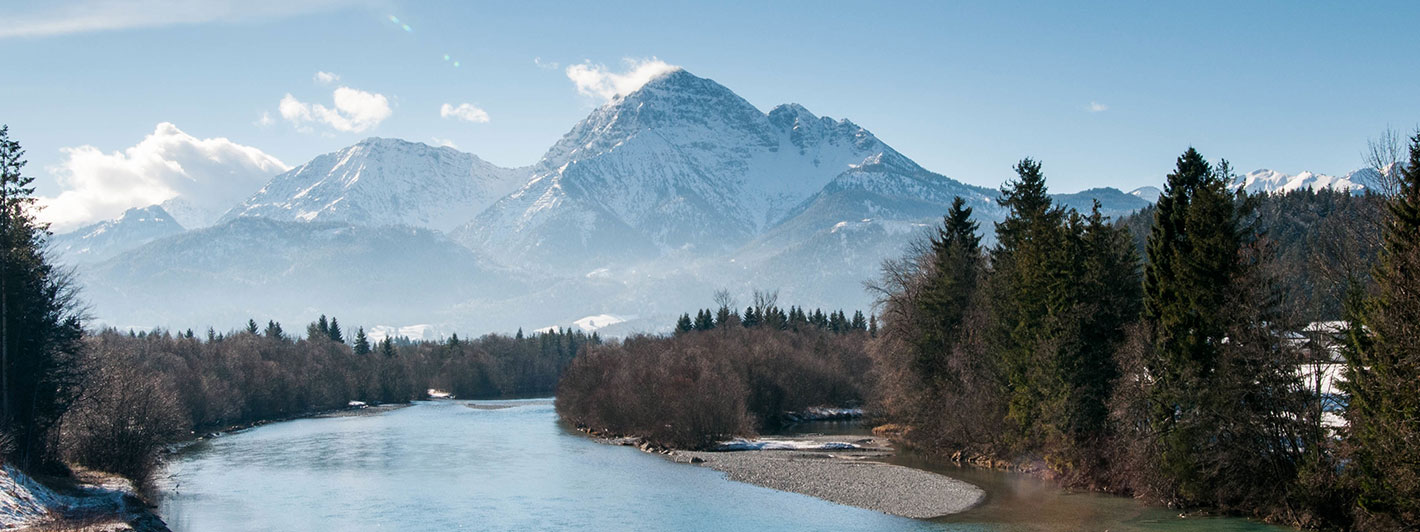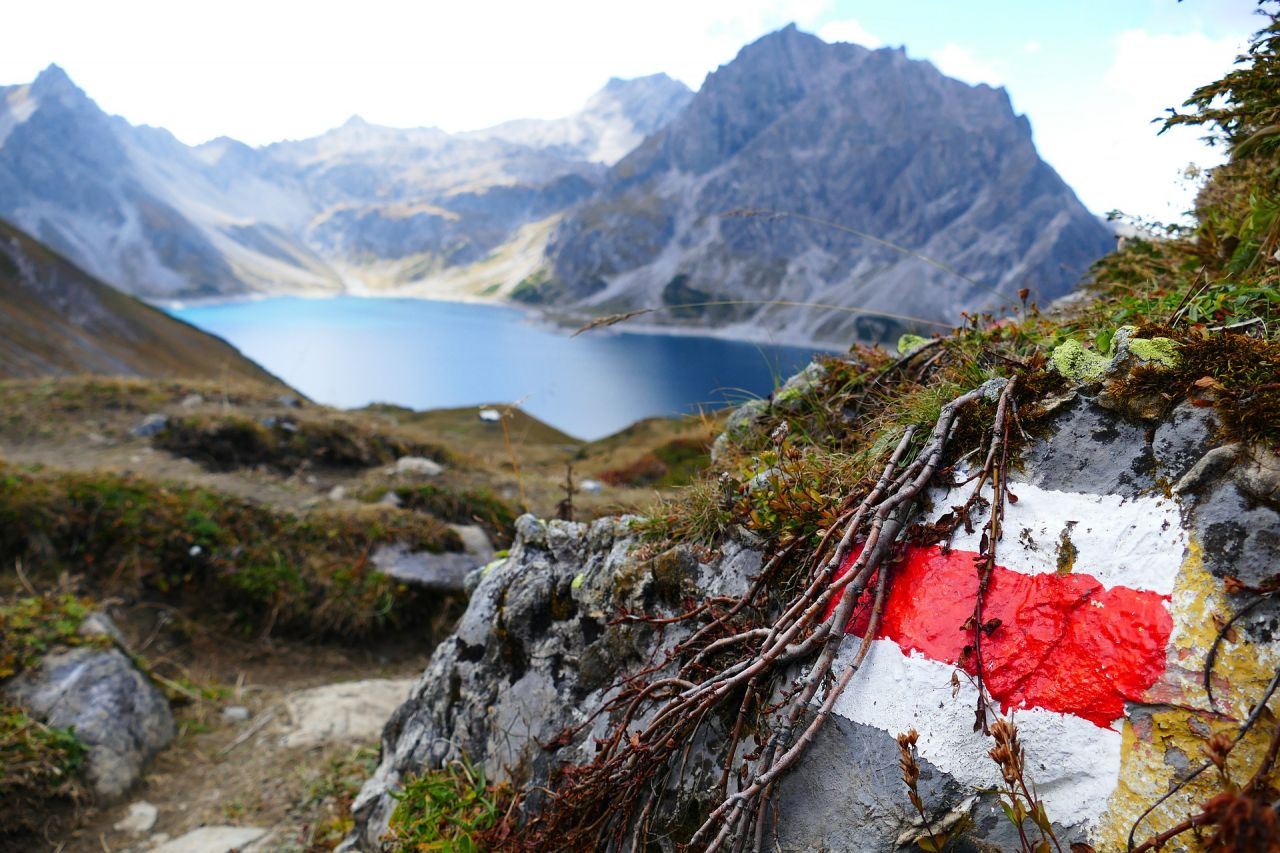Explore Citizen Science Projects
Welcome at Österreich forscht!
Here you can find everything about Citizen Science in Austria. In the future, it should be just as normal to work in a citizen science project as to be a member of an association, e. g. the voluntary fire brigade or a music ensemble. We want people to see science no longer as an elite programme, but as a process that affects all our lives, a process which is an important part of society and is worth understanding. However, the fun and enjoyment of research should not be neglected. We do not understand citizen science as an infotainment concept, but as a collaborative process through which new insights can be gained.
Breeding bird monitoring
- animals
Annual counts This advanced citizen science project requires knowledge of the common native breeding bird species and participation over several years. Twice a year, the participants count all birds seen and heard at fixed points. The total of all counts is then used to calculate population trends. The available data…
BIOM-Garten
- animals
Monitoring of Amphibians and Reptiles in Austrian Gardens The BIOM-Garten project invites people of all ages to look out for amphibians and reptiles in their gardens and report their observations. This will help to fill gaps in existing monitoring and implement better conservation measures for these endangered animals. What are…
SoilBlitz
- food
- land use
- plants
A snapshot of soil health With the SoilBlitz, Citizen Scientists independently carry out tests to determine local soil health, collect important data and become aware of the importance of healthy soils. What are the aims of the project? In a so-called ‘SoilBlitz’, five uncomplicated and fast tests are carried out…
Bug us with your ticks!
- health
- animals
For our national tick monitoring programme, we invite you to provide us with ticks. Your samples will help us analyse which tick species appear when and where in Austria. Moreover, ticks will also be investigated for the presence of pathogens. What are the aims of the project? The goal of…
Wettermelden.at / Trusted Spotter Network Austria
- wetter
- katastrophen
Many weather phenomena as well as their impacts and damage on the ground are reported in real time or immediately after the event by means of weather reports. Within the framework of the Trusted Spotter Network Austria, all reporters can be trained to become particularly trustworthy observers. All weather and…
Kremser scorpion
- animals
- history
Participatory exploration of the "Kremser scorpion” (Euscorpius tergestinus) with school students "Triestino scorpion" (Euscorpius tergestinus - still listed as E. carpathicus in the Red List of NÖ), which are threatened with extinction in Lower Austria, exists as an archaeozoon in Krems. This population is an isolated north-eastern outpost of the…
CrowdWater
- weather
- land use
- water
- waste
CrowdWater is a hydrological citizen science project of the University of Zurich. CrowdWater uses an app to collect data about water. No prior knowledge is required to participate. What is the project about? CrowdWater stands for independent and reliable data collection by anyone with an interest in water. The observations collected…
Butterflies of Austria
- animals
App for the scientific recording of Austrian butterflies On behalf of Blühendes Österreich - BILLA gemeinnützige Privatstiftunga, butterfly expert Peter Huemer published a report on the dramatic state of the butterfly fauna in May 2016. In Europe, their number had fallen by half since 1990 and over 50 percent of…
Overview You can tell by its name: The forest dormouse (Dryomys nitedula) is a characteristic species for deciduous and mixed forests. It belongs to the dormouse family and its survival is inextricably linked with forest habitats. The forest dormouse is protected throughout Europe, but data on its distribution is largely…
Wild Neighbours
- animals
- land use
Are swallows nesting at your house or in your stable? Have you seen a badger in the middle of town? Or do you regularly observe a kestrel in your garden? We are interested in your observations in rural settlement areas!
StadtWildTiere Vienna ("UrbanWildAnimals")
- animals
- land use
Have you ever seen a sparrow hawk in Vienna? Did a badger cross your path on your way home at night? Or do you have swallow nests at your housing complex? We are interested in your observations in Austrian cities! The project works specifically in urban areas. With the help…
Roadkill
- animals
- land use
- traffic
In this citizen science project of the University of Natural Resources and Life Sciences, Vienna, we would like to create an overview of where animals are roadkilled and what reasons there might be for this. In the Roadkill project, we would like to cooperate with you in many ways, because…





